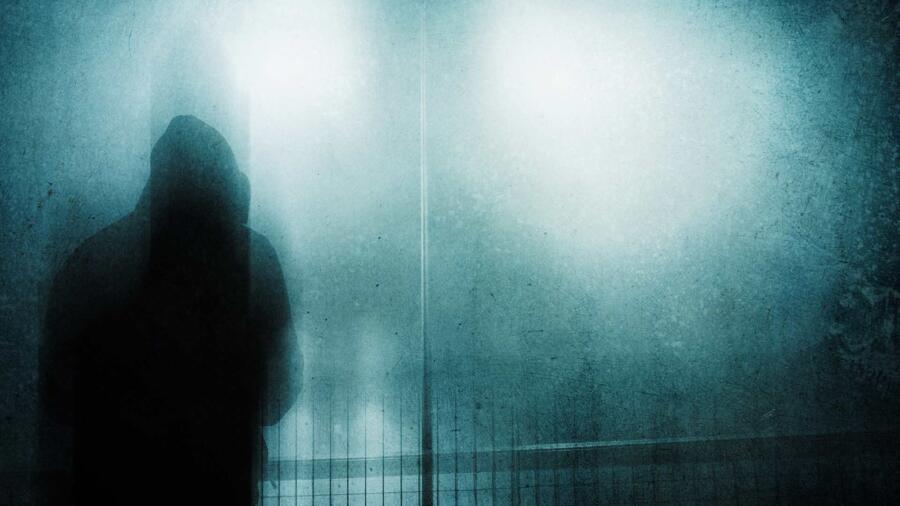Jim Gordon lived two lives. On one hand, he dazzled audiences as a rock drumming icon, collaborating with music royalty. On the other, he fought an invisible war with schizophrenia—a battle that eventually led to a horrifying act. His story is a haunting example of what can happen when genius meets mental illness in a world that chooses to look away.
From Studio Sessions to Spotlight
Gordon didn’t just play the drums; he transformed them into storytelling tools. Whether recording with Eric Clapton, George Harrison, or Steely Dan, his rhythm defined an era. His standout moment came with “Layla,” where he composed the famous piano coda. However, behind the studio doors, his mental state was rapidly declining.
Behind the Beats: A Mind Under Siege
Although Gordon continued working at full capacity, the early signs of his schizophrenia surfaced during these peak years. He heard voices that no one else could hear. He believed people plotted against him. Despite these red flags, no one took real action. Gordon’s inner turmoil remained hidden beneath his fame.
Consequently, his behavior started to unravel. He mumbled to himself, lashed out without warning, and showed increasing signs of paranoia. Instead of help, he received silence—and sedatives.
Warning Signs the Industry Ignored
Gordon’s descent wasn’t sudden. It occurred slowly, almost methodically. He once strangled his girlfriend while she slept. Another time, he violently attacked his wife, Renee Armand. These weren’t isolated events; they were symptoms of a disintegrating psyche. Unfortunately, those around him dismissed these behaviors as drug-related or eccentric.
Had he been evaluated thoroughly, doctors could have detected the early stages of schizophrenia. Sadly, most people misunderstood or ignored the condition at that time, especially in the entertainment world.
A System Too Slow to Help
Throughout the 1970s, Gordon cycled through psychiatric institutions. Yet doctors misdiagnosed him repeatedly. Instead of prescribing effective antipsychotics or recommending intensive therapy, they offered tranquilizers. As a result, his hallucinations worsened. The voices in his head blamed his mother, Osa, for tragic celebrity deaths. Delusions gripped his every thought.
Because of this neglect, he spiraled even further into darkness, convinced that his mother posed a deadly threat.
The Day Reality Snapped
On June 8, 1983, Jim Gordon made a decision that would forever change his legacy. Driven by psychosis, he visited his mother’s home. Neighbors later reported screams echoing down the street. Inside, Gordon attacked her with a hammer and then a knife. The crime stunned the world—not just because of its brutality, but because of who committed it.
After his arrest, doctors finally diagnosed him with schizophrenia. But by then, it was far too late.
A Grammy in a Prison Cell
While imprisoned, Gordon and Eric Clapton won a Grammy for “Layla.” However, Gordon couldn’t attend the ceremony. He wasn’t just behind bars physically—he was locked away from public memory. The music world moved on. His name vanished from liner notes and award mentions. Few wanted to remember a man who had killed his mother, regardless of the cause.
Nevertheless, the musical imprint Gordon left remained undeniable.
Rejection from Family and Fans
Even after the diagnosis, Gordon found little compassion. His older brother called for his execution. His daughter refused to write back. In their eyes, he had crossed an unforgivable line. Although his crime stemmed from mental illness, society treated him like a conscious criminal, not a patient in crisis.
For decades, he received no forgiveness—until his death in 2023.
Death, Then Redemption
Jim Gordon died at 77 while serving his sentence. Only then did a conversation begin. Music historians, journalists, and mental health advocates urged the public to reconsider his story. Was he a killer? Yes. But he was also a man who never received the treatment he so desperately needed.
As author Joel Selvin reflected, “Jim had to die to be forgiven.”
Lessons We Can’t Ignore
Jim Gordon’s tragedy underscores a broader issue. Schizophrenia often goes unrecognized for years. Many sufferers are misdiagnosed, mistreated, or simply neglected. If Gordon had received help earlier, his story might have ended on a Grammy stage—not in a courtroom.
Today, we must ask: How many more artists, creators, or everyday people suffer silently while systems fail them?
FAQs
Why did Jim Gordon kill his mother?
He was in the midst of a psychotic episode caused by untreated schizophrenia. He believed voices that told him she was evil.
Was Jim Gordon ever diagnosed with schizophrenia?
Yes. He received a formal diagnosis after his arrest in 1983.
Why didn’t anyone intervene sooner?
Mental health awareness was limited in the 1970s. His erratic behavior was often blamed on drugs or personality quirks.
Did Gordon face trial or go directly to a hospital?
He stood trial and was found guilty. Although he had a mental illness, he was sentenced to 16 years to life in prison.
Was Jim Gordon acknowledged after his death?
Yes, conversations about mental health and re-examinations of his career surfaced following his death in 2023.
What is Jim Gordon’s legacy today?
His story serves as a cautionary tale about the dangers of untreated mental illness and the importance of early intervention.

